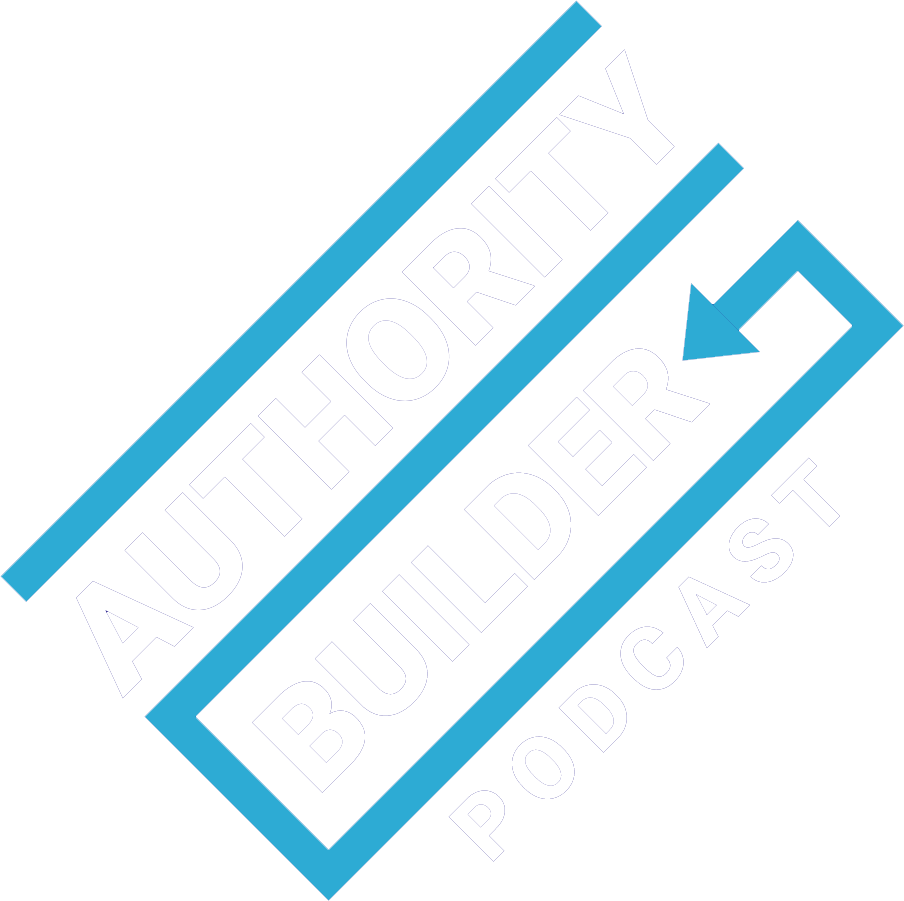Word of mouth can be responsible, at least in part, for 50% to 91% of your sales, depending on your industry. But, says Jay Baer, are you under the mistaken impression that word of mouth is something that just happens?
Jay, digital marketing pioneer and co-author of the new book Talk Triggers, shares techniques for ensuring that word of mouth happens “on purpose” and has a measurable and major impact on your sales.
It’s all about grabbing your prospects’ attention, and wowing them, without gimmicks.
Tune in now to find out…
- Why customers are your best marketing department
- When marketing “tricks” go too far
- How to really think like a consumer
- The conversations that turn prospects into customers
Episode Timeline:
00:11 Today Steve speaks with president of Convince and Convert, Jay Baer. Jay has created 5 multi million dollar companies and helps business “clone” their customers.
01:32 Jay moved from politics to marketing, to working for the government to finally working with the first internet company in Arizona back in 1993.
03:11 Jay tells us how he sold the domain “Budweiser”..for beer!
04:31 Jay tells us a moving story and why we should always keep an even keel.
06:39 Jay tells us about his brand new book, Talk Triggers.
09:23 Jay tells us that it’s important to think like a consumer.
12:04 Jay takes us through the framework of word of mouth marketing.
14:10 Jay talks about how being repeatable is so important.
17:17 Jay explains why you shouldn’t go too big with your customer.
20:54 Jay explains the 5 talk triggers in his book.
23:12 Jay gives us some fantastic real world Talk Trigger success stories.
31:04 Jay tells us how and how not to come up with a talk trigger.
35:30 Jay tells us how best to get in contact with him.
37:13 Jay tells us what Steve’s talk trigger is for the podcast!
Mentioned in this Episode:
- Convince and Convert
- talktriggers.com
- convinceandconvert.com


